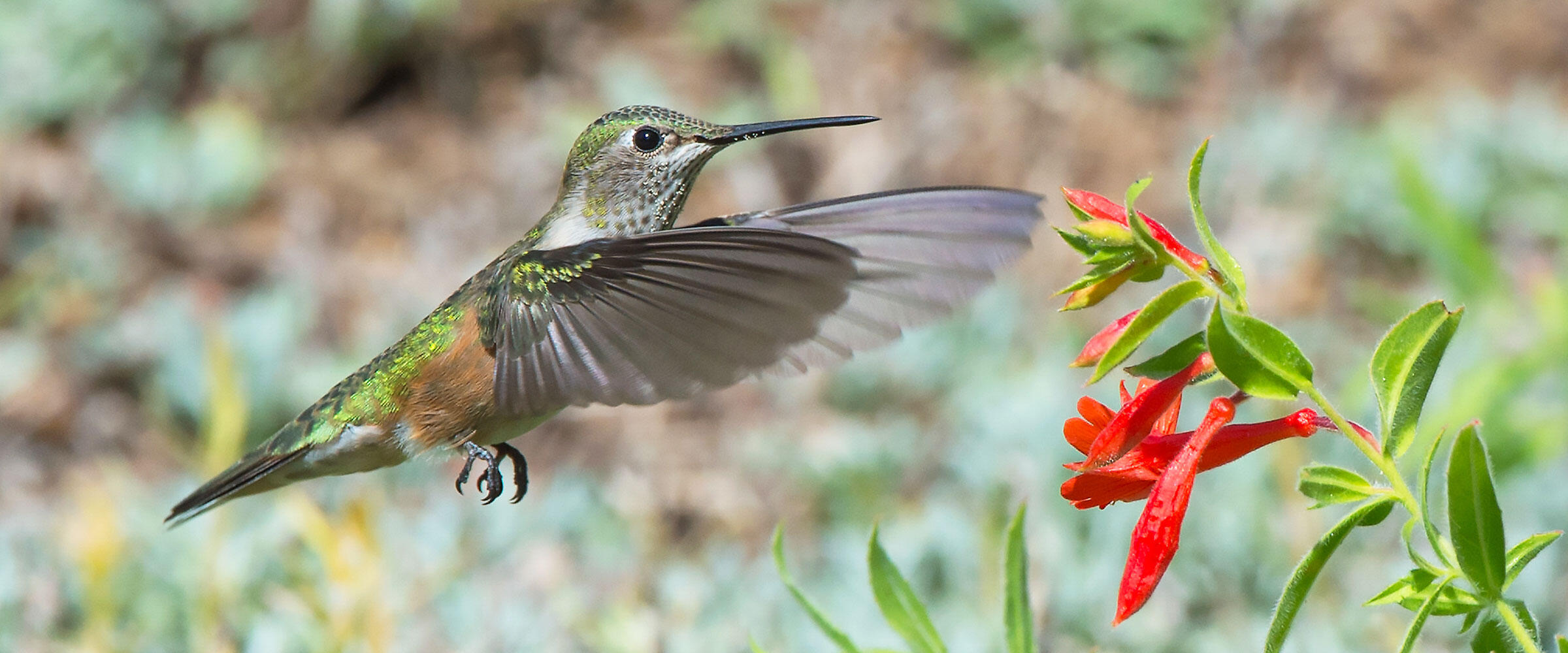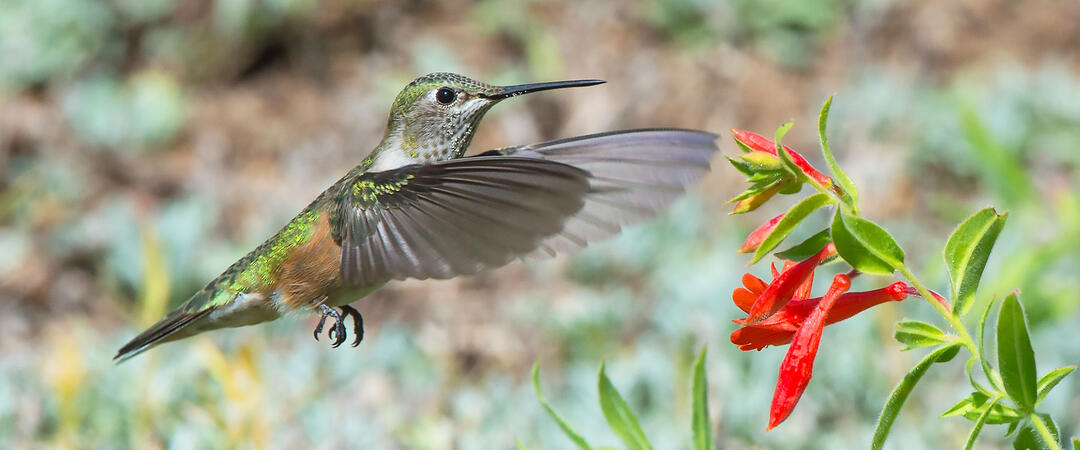It's Migration Time!
Hummingbirds are on the wing throughout the Rocky Mountain region, preparing to fly thousands of miles south to their winter homes. These tiny winged dynamos are focused on two things: carb-loading for the long journey and resting up between bouts of feeding.
Four Species
Four species of hummingbirds are regularly spotted in the Rocky Mountain region: Broad-tailed, Rufous, Black-chinned, and Calliope hummingbirds. The males of these species are pretty easy to distinguish but the females—who are solely responsible for nest building and raising young—lack the males' flashy iridescence.
Broad-tailed males' emerald-green backs and deep carmine-red throats stand out, as does the trilling sound their wings produce in flight. They're the classic hummingbird of the mountain meadows in the southern and central Rockies.
Rufous males are rusty-colored as their name implies and also quite feisty. These tiny vigilantes zip about defending feeders and flower patches against all others who come to feed.
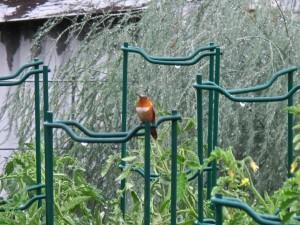
Black-chinned Hummingbirds are named for the male's black chin which is lined by a band of iridescent purple. These slender hummingbirds are found from deserts and sagebrush country up into mountain forests.
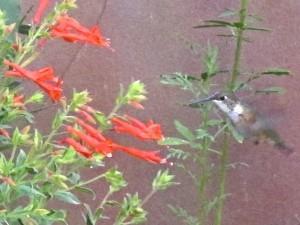
Calliope Hummingbirds are North America's smallest, measuring roughly 3.5 inches from the tip of their tail to the end of their beak. Males' throats are streaked ruby and white, like a jeweled chest-piece.
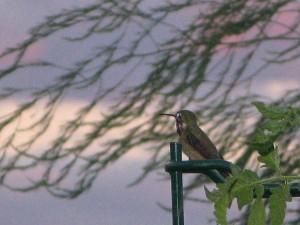
They Fly How Far?
Imagine weighing less than a dime and flying 5,600 miles round-trip each year between your wintering territory in Mexico and nesting habitat in the northern Great Basin, your wings beating at around 50 beats per second. That's life as a Calliope Hummingbird.
Rufous hummingbirds migrate farthest north, breeding in meadows up to central Alaska. They migrate a circular path, flying north in spring up the Pacific Coast and south in summer along the Rockies.
Broad-tailed Hummingbirds are loyal to place. They often return not just to the same valley, but to the very same tree or bush, where females may build a new nest atop their old one.
Black-chinned Hummingbirds nest as far north as British Columbia and winter as far south as central Mexico, flying "only" 3,000 to 4,000 miles round-trip each year.
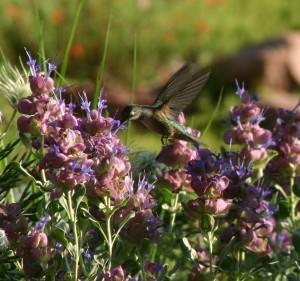
Powering a High-energy Life
To fuel their long-distance migrations, hummingbirds slurp flower nectar, a high-test mix of dissolved plant sugars and minerals along with fat-rich pollen and high-protein insects that have gotten stuck in the sticky liquid. They lick nectar from flowers with their long, brush-tipped tongues (try that while hovering!) and convert it to metabolic energy at about 97 percent efficiency.
A single hummingbird drinks enough nectar in a day to drown a human (on an ounce for ounce basis). The energy required to power their hovering flight means they must feed constantly throughout the day, resting only to digest and make space for more food.
Planting to Feed Hummingbirds
To attract and sustain these "jewels of the air," plant some of their favorite nectar-bearing wildflowers. Feeders with sugar-water made with refined white sugar are fine as fast food but hummingbird plants provide more complete food, plus perches and shelter.

Here's a short list of some of our favorite hummingbird plants, but any wildflower native to the West with red, narrowly tubular flowers is a good bet:
- Hummingbird mint (Agastache rupestris)
- Sunset hyssop (Agastache cana)
- Red yucca (Hesperaloe parviflora)
- Scarlet gilia (Ipomopsis aggregata)
- Red Rocks penstemon (Penstemon X mexicali)
- Pineleaf penstemon (Penstemon pinifolius)
- Mojave sage (Salvia pachyphylla)
- Hummingbird trumpet (Zauschneria garrettii)
Plant these and listen for the whir of hovering wings as hummingbirds enliven in your yard.
Look for these plants at your local nursery, or through our partners, Plant Select and High Country Gardens.

